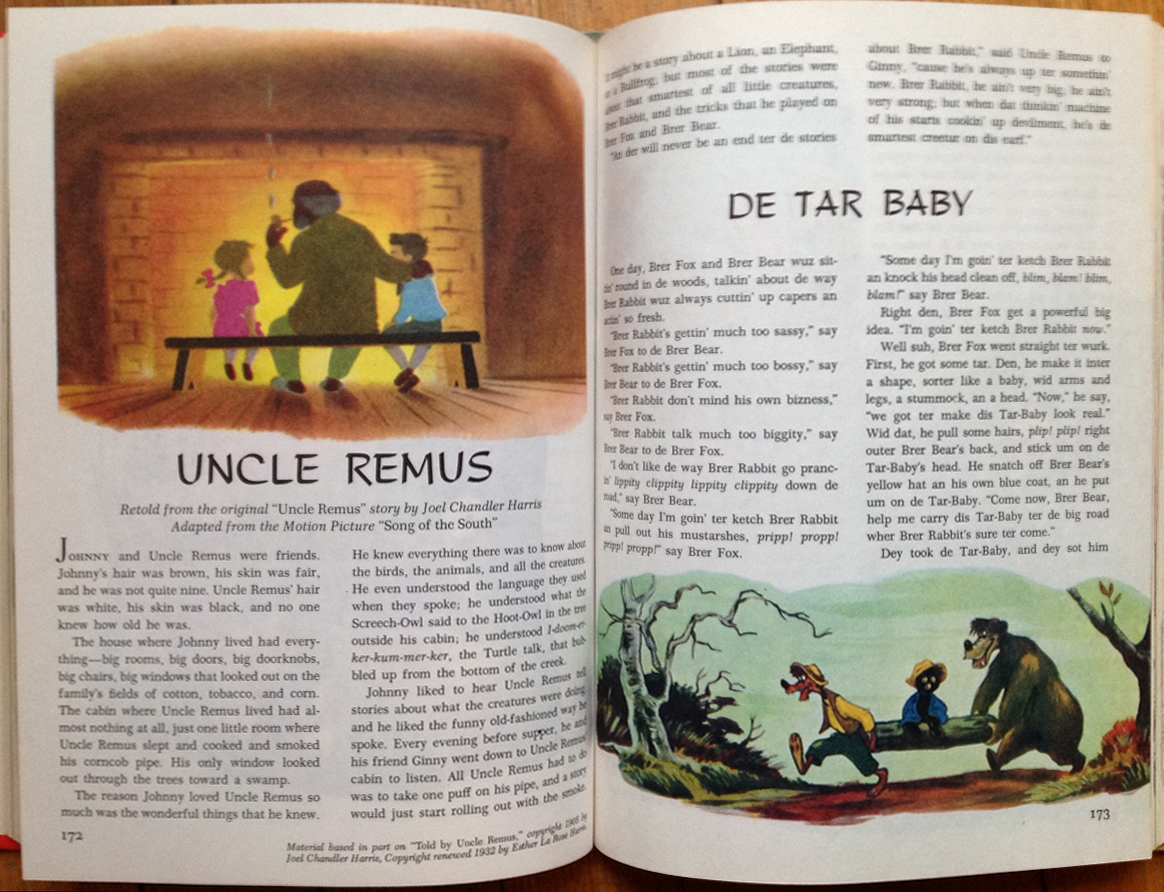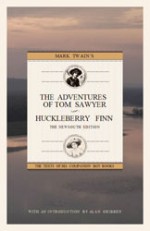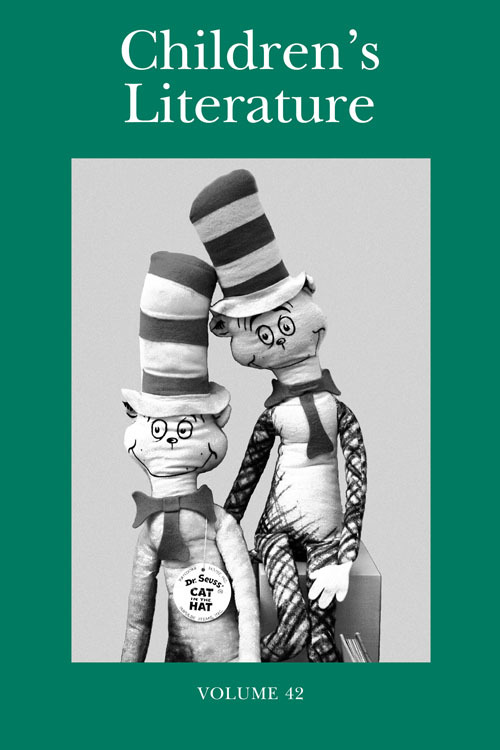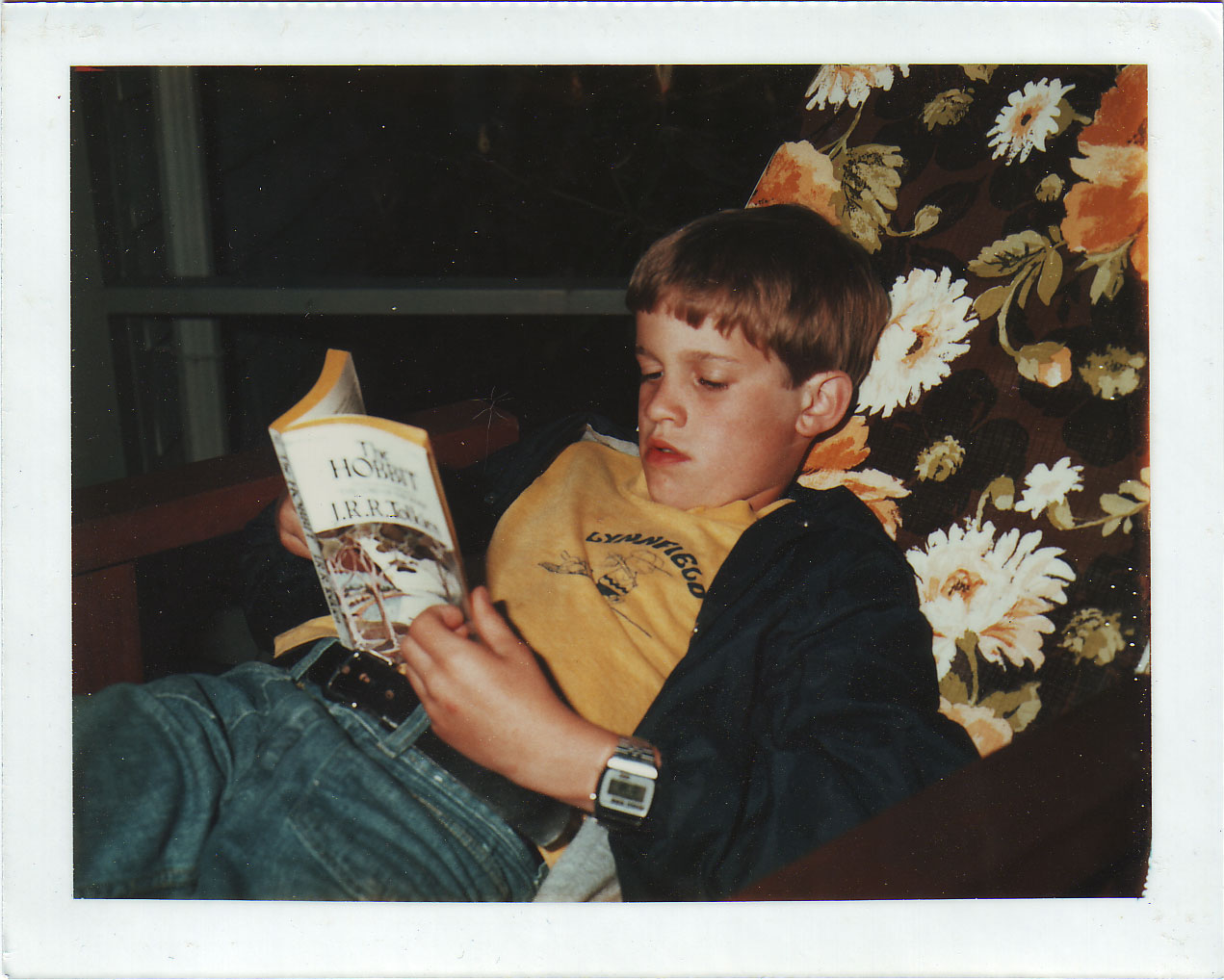Charleston, Family History, & White Responsibility
In response to concerns expressed by some members of my family, I have removed this blog post. This marks the first time that I’ve removed or changed something for reasons other than finding an error or a typo. This post will not reappear here. Â But nor will it completely disappear. Â I plan to revise and




